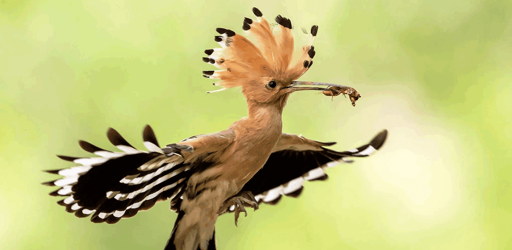As a conservationist, I often find myself reflecting on the deeper meaning of biodiversity. Beyond its beauty and its value to human well-being, biodiversity represents the most ancient and sophisticated information network our planet has ever known. This October, when the world gathers in Abu Dhabi for the IUCN World Conservation Congress, we will be reminded of the urgency of protecting this living network before it is irreparably damaged. Long before humans developed language or writing, nature had perfected the art of storing and transmitting information. Each species represents a unique library of evolutionary wisdom, encoded in DNA refined over millions of years. When we lose a species, we don’t just lose a physical entity; we lose an irreplaceable repository of information that took eons to develop. An Arabian oryx. Photo by Charlesjsharp via Wikimedia Commons, CC BY-SA 3.0. Consider the Arabian oryx (Oryx leucoryx), once extinct in the wild. Within its genetic code lies the blueprint for surviving extreme desert conditions — information that took countless generations to perfect. Or the ghaf tree (Prosopis cineraria), whose roots have mastered the science of finding water in seemingly impossible places. Each organism carries solutions to survival challenges that human innovation has yet to fully comprehend. This information network operates across scales and borders. The pollination patterns of sunbirds in your garden connect to broader ecological rhythms that maintain our food systems. The migration routes of the sooty falcon (Falco concolor) trace ancient atmospheric knowledge. When greater flamingos (Phoenicopterus roseus) gather in…This article was originally published on Mongabay
From Conservation news via this RSS feed


